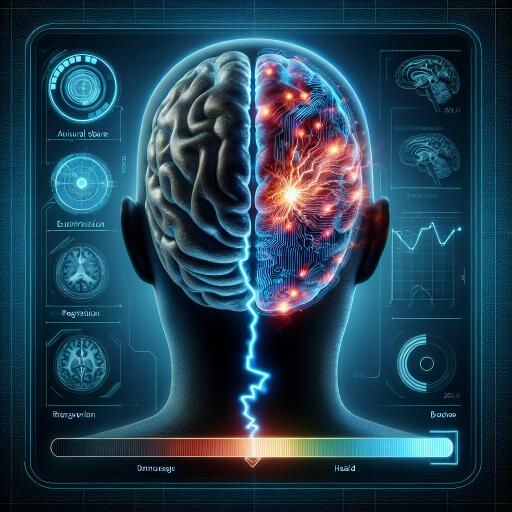Brain-Computer Therapy Boosts Stroke Recovery
Stroke survivors often face a daunting road to recovery, grappling with impaired hand function that can severely impact daily life. A revolutionary therapy, however, is promising to turn the tide for many facing this challenge. Developed by Sam Darvishi and his team, RehabSwift, a personalized brain-computer interface therapy, has been shown to significantly improve hand mobility in stroke survivors.
At the heart of this innovation is a system that bridges the gap between thought and motion, transforming imagined hand movements into physical actions with the aid of bionic hands. This breakthrough approach is based on a personalized algorithm tailored to each individual’s neurological patterns, ensuring a bespoke therapy experience.
The study focusing on this method involved twelve chronic stroke survivors from South Australia. These participants, despite having limited use of their arms, maintained clear cognitive function, making them ideal candidates for the therapy. Over the course of 18 sessions, they engaged with the RehabSwift system, donning a special cap designed to measure brain activity. As participants visualized moving their fingers, these neural impulses were captured, translated, and then expressed as actual finger movements through bionic hands. This process not only enabled physical movement but also provided critical visual and tactile feedback, reinforcing the brain’s engagement in the recovery process.
The results of this pioneering study are compelling. Participants exhibited improvements in various metrics, including overall arm functionality, proficiency in hand movement tests, reaction times, and hand strength. These advancements were not fleeting; gains were preserved and even further evidenced in follow-up assessments conducted 4 ̶ 6 weeks after the training had concluded. Reflecting on their progress, many participants shared that they had accomplished their mobility goals set at the onset of the therapy.
The implications of these findings are vast. As the authors suggest, brain-computer interfaces like RehabSwift offer a promising, powerful, and customizable tool in the arena of stroke rehabilitation. By harnessing the power of personalized algorithms and advanced bionic technology, this therapy illuminates a path forward where the boundaries of recovery are expanded beyond traditional methods.
In essence, RehabSwift underscores the incredible potential of integrating technology with neurological rehabilitation. Such an approach not only provides immediate benefits in terms of mobility and independence but also opens new avenues for further research and development in the field of brain-computer interface therapies.
This recount of the study and its outcomes, while enlightening, serves as a mere snapshot of the broader landscape of neurological recovery and rehabilitation technology. As we move forward, it’s clear that innovations like RehabSwift will be at the forefront, guiding the way toward more effective and personalized care for stroke survivors across the globe.
The views and conclusions drawn in this article are those of the research team and have been presented for the purpose of shedding light on the potential of RehabSwift therapy. As we look toward the future, it remains crucial to continue exploring and validating such innovative approaches through ongoing research and clinical trials.









